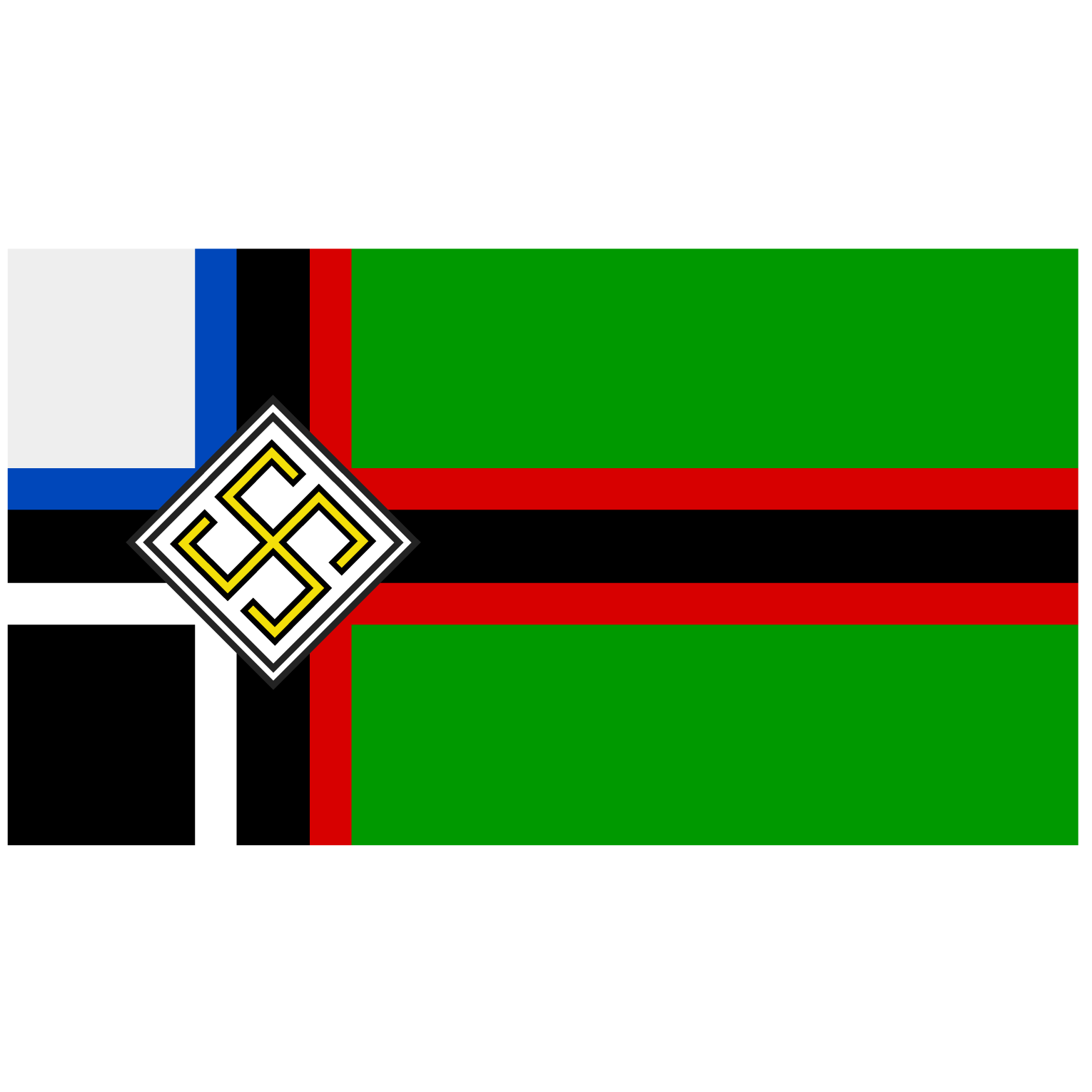
Karelia Protectorate
Northern Bulwark of the New Order
Established after the 1946 Finnish military coup, the Karelia Protectorate is a unique German-Finnish administrative zone bordering the vast territories of the Reichskommissariat Moskowien. Carved from former Soviet land and parts of Eastern Karelia, the region serves as a buffer state, a training ground, and a symbol of Nordic-German cooperation.
Joint Governance and Purpose
Co-managed by Finnish military authorities and German SS administration, the protectorate operates as a hybrid state. Its dual leadership is designed to secure the volatile northeastern frontier and promote “Aryan brotherhood” between the Finnish people and the Reich.
- Civil Administration: Local governance is largely Finnish, though subject to oversight by German commissars.
- Military Presence: Both Finnish Army units and Waffen-SS detachments operate throughout the region, especially near the Moskowien border.
Strategic Role
Neighboring the unstable and insurgent-heavy Reichskommissariat Moskowien, Karelia plays a vital role in:
- Border Security: Acting as a fortified perimeter against partisans, remnants of the Red Army, and Soviet sympathizers.
- SS Training Facilities: Cold-climate survival and guerrilla warfare training grounds for elite troops of both nations.
- Resource Extraction: Karelia provides timber, minerals, and winter-hardened recruits for the broader Axis war effort.
Ideology and Integration
The region is portrayed in propaganda as a “frontier of European will”, where German discipline and Finnish resilience forge a new identity. Public campaigns emphasize loyalty, racial unity, and shared struggle against Bolshevism.
Though culturally distinct from the harsh rule of Moskowien, Karelia serves a similar function: to pacify, Germanize, and militarize former Soviet territory in service of the New European Order.
